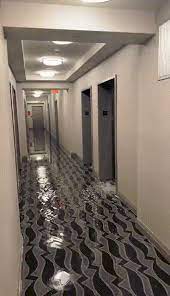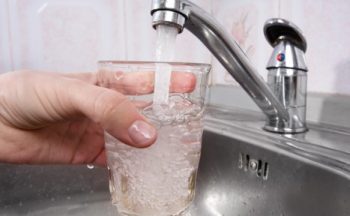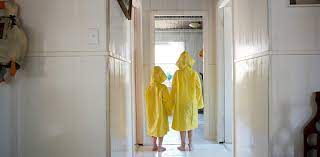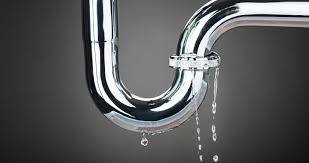 September 2022
September 2022
When one thinks of water problems in a high-rise building, they focus on what happens in units and visible common areas, much of which is preventable. Equally or more important is what occurs hidden deep in the building.
Two communities, working closely with LEaC Shield and WATERSHIELD, averted disaster by acting proactively to monitor the status of their water systems. When problems were detected by these systems, a quick response averted major piping and heating equipment failures.
Failed Boiler System
A WATERSHIELD system was implemented in March 2022 to monitor water usage; provide flood alerts in mechanical rooms; monitor hot water temperature, space humidity and temperature. Monitoring of the hot water heating system included an alert any time water is added to the heating system.
One month later, the system detected a sudden and rapid flow of water into the heating system piping. E-mail and text message alerts were automatically sent to the manager.
Within minutes, a major leak in the heating system was detected. This catastrophic failure, undetected, could have flooded residential spaces and shut down the heating system. Detecting the problem so quickly, rather than hours or days later, allowed the failed boiler heat exchanger to be isolated and taken out of service before serious damage to other systems occurred.
Poor Water Quality
The hot water boiler system provides heat to the building and the hot water tank providing hot water. The boilers were known to periodically fail and the hot water tank frequently stopped working. A test of the system and pipes found a large amount of sludge and other debris in the water.
LEaC Shield implemented a corrosion prevention program. A water meter was installed in the system to determine if there were further problems within the boilers or pipes. A chemical treatment and filtration system was installed to clean water within the pipes. Water chemistry tests and ‘water volume lost records’ were maintained.
Water chemistry tests identified problems with water quality, and newly installed filters were capturing more dirt than normal. Excessively large amounts of water were passing through the system. Further inspection identified excessive debris in the heating system from corrosion of pipes and boilers. Pipes were immediately cleaned and flushed. A major leak in the heating system was identified causing loss of water which placed stress on the boiler system heating this water.
The leak was found in a heating pipe buried under a concrete floor. The system was shut off so the hot water leak could be repaired.
Loss in wasted energy from this leak and debris in the system was estimated at more than $2,000 per year. Further savings from reductions in water loss and ongoing system maintenance are considerable.
Investments in water monitoring and detection systems help identify problems quickly so they don’t escalate and cause damage to other building systems and units. These smaller investments today are less than the cost of allowing problems to exist longer before being identified.







